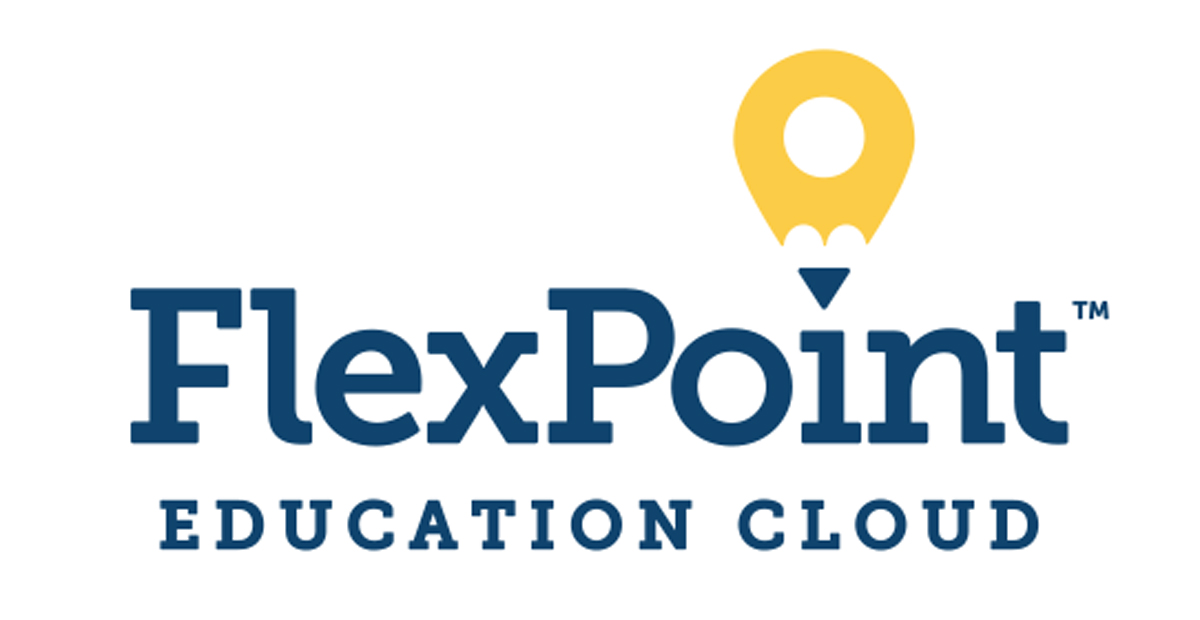Online Learning Can Help with Teacher Shortages
ne educational challenge that has been weighing heavily on administrators around the nation is teacher shortages and staff retention overall.
One educational challenge that has been weighing heavily on administrators around the nation is teacher shortages and staff retention overall. According to a poll from the National Education Association earlier this year, more than half of teachers say they’re thinking about quitting. And although other reports have noted that the turnover rate has not changed dramatically in these past two years, a story in the Wall Street Journal points to 300,000 public school teachers and staff leaving the field. The reasons? Staff shortages that result in additional workload for those who decide to stay, political debates, and safety.
It’s difficult to read news from around the nation and know that education leaders, teachers, students, and families are struggling. Which is why I want to help provide a solution — so that every student’s needs are met, teachers feel supported and appreciated, and we can retain the incredible instructional talent that is out there. My solution? Online learning.
And I mean true online learning, which has been around for more than 20 years — not the emergency remote learning that the majority of students experienced during the pandemic. The Digital Learning Collaborative’s 2022 Snapshot does a fantastic job highlighting the differences between remote and online learning, but in summation, online learning offers extensive teacher professional development and support, personalized learning for each student, combines asynchronous and synchronous learning, and enables and promotes constant communication between teachers and families.
In contrast, emergency remote learning didn’t offer teacher professional development due to lack of time, students were taught synchronously on video calls from 8am−3pm with little to no breaks, and due to that “time-boxed” schedule, there wasn’t time to personalize lessons for students.
Remote Teachers Can Help Fill Vacancies in the Interim
Since online learning allows certified teachers to work remotely, it can help schools and districts fill vacancies from wherever they are. For example, say a school district in New Mexico has a chemistry teacher vacancy — a chemistry teacher in Florida can help by teaching that class while the school searches for a local candidate to fill the position.
One example that comes to mind is Hart-Ransom Academic Charter School (HRACS), a WASC (Western Association of Schools and Colleges) accredited charter school based out of Modesto, CA. In 2018, HRACS launched their first online program to give students an alternative option that allowed them to work at their own pace.
After working with a different online learning provider for the first semester of that year, they decided they needed a change because their provider at the time couldn’t offer flexibility or extra teacher support they needed as they navigated online learning for the first time.
After the initial meeting with the FlexPoint team, the HRACS team felt that their needs were truly being heard, and they decided to use Global School, a FlexPoint solution that offers access to interactive digital courses taught by certified teachers who are highly communicative with students and trained in an online environment.
Those resources, plus HRACS’ guidance counselors and school administrators, worked seamlessly together to ensure student success. Since partnering with FlexPoint, HRACS’ students have thrived in the online environment and, on average, have increased their GPAs by 0.5 points.

If the pandemic has taught us anything about the workforce, it is that the majority of us value flexibility and remote work. In fact, according to the June 2022 American Opportunity Survey, when employed respondents were given the option to work remotely, 87% took employers up on that offer. And when 92 million Americans say they can work remotely at least part of the time, why shouldn’t teachers have the same opportunity?
We need to challenge the rigidity of the teaching profession. Rather than teachers having to show up in-person every day and work after hours to prepare for the next day’s lesson, providing them with at least a few days a week where they can be remote, as well as their students, can help with administrative duties and planning.
To better highlight what this kind of program can look like for teachers and students, I had the opportunity to dive into a blended learning program implemented in one of our FlexPoint partner schools, Cherry Creek Elevation, the online learning option for the Cherry Creek School District in Colorado. At Cherry Creek Elevation, classes are delivered in an online platform with weekly faceto-face, synchronous and asynchronous lessons to support student learning.
Three days a week, their students learn fully online with teachers instructing remotely — they call these days ‘click days’ — and then they spend two days in-person, what they call ‘brick days.’ During the brick days, the school implements an instructional strategy called a “flipped classroom,” where students are introduced to content at home and then practice working through it at school with teacher support. This allows students and teachers to spend more one-on-one time together, deep diving on specific challenges or questions they may have.
Post-pandemic, Cherry Creek Elevation has had zero teacher turnover, in part because their teachers only have to go into the school one day a week. Teachers schedules are split amongst each other so that they are in one of the two days their students are in-person, allowing them to navigate life circumstances. It’s also due to the support they have through our FlexPoint curriculum. Instead of having to build out a new curriculum, which is a huge task that takes many steps over a long period of time, they can use our courses as the framework to help build lessons.
In a poll conducted by Florida Virtual School (FLVS) in late 2021, 85% of their online teachers believe that they can help more students individually in an online learning environment as compared to a brick-andmortar setting; and more than 70% said that teaching online decreases their administrative workload, allowing them to spend more time helping students. Additionally, the retention rate among teachers at FLVS has stayed consistently above 88% for the past three years, and in the 2021–22 school year it even increased to 92.54%.
Even though FLVS teachers work with many students, they are able to have a classroom of one because of the amount of time they spend with individual students — whether it is on the phone or a video chat, or for check-ins and assessments. With this one-on-one time, teachers are able to give good, authentic feedback and learn more about their students to better meet them where they are. This also allows them to do what they do best, to teach, without the usual distractions in the classroom.
My challenge to educators everywhere: let’s change how we think about the teaching profession and its benefits. If we keep doing what we have always done, education is going to fall behind as a career choice and our students will suffer. It’s on us to make a change and find better solutions, and I truly believe that online learning can help us get there.

flexpointeducation.com
800-374-1430, option 4